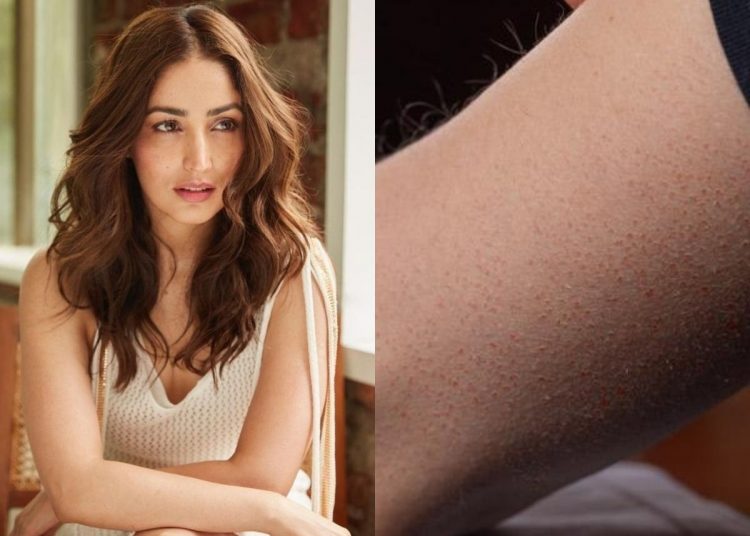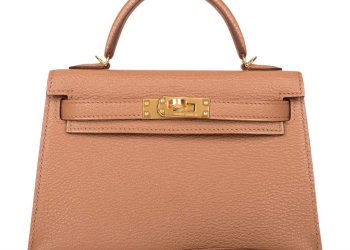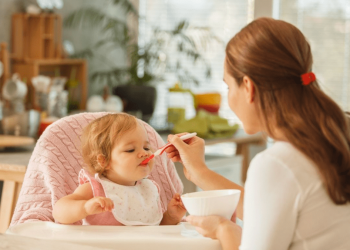Yami Gautam, a Bollywood actress, claimed that she has Keratosis pilaris, a skin ailment that she developed in her teenage years and for which there is no cure. The following is everything you need to know about Keratosis pilaris:
What is Keratosis Pilaris, and how does it affect you?
Chicken skin is another name for keratosis pilaris. It’s a common skin ailment that generates rough-feeling lumps on the skin in regions. These little bumps or pimples, according to healthline.com, are actually dead skin cells clogging hair follicles. They have a crimson or brown color to them. Upper arms, thighs, cheeks, and buttocks can all show signs of keratosis pilaris. They are not communicable and do not itch or cause discomfort. However, because of the dry weather, it deteriorates over the winter season. It’s also possible that it’ll get worse throughout pregnancy.
Tiny Texie: A Big Inspiration in a Tiny Package
Symptoms
Keratosis pilaris is characterized by a distributed patchy rash with very fine red or pink ridges. Tens to hundreds of extremely small, faintly scraped ridges give the surface a delicate sandpaper-like look. Inflammation is indicated by a slightly red or bright red halo surrounding some locations. Keratosis pilaris is not a life-threatening condition, but it can worsen, prompting sufferers to seek therapy. The good news is that it may mend in the summer for some people, but it only returns to normal in the winter. What’s the bad news, exactly? According to doctors, there is no cure. This includes diets sold as “mystery treatments” on the internet; nonetheless, there are several things you should and shouldn’t do to reduce their effects.
Do’s
Keeping the skin wet (hydrated) and using gentle, fragrance-free cleansers with regular moisturizer applications is generally good. Creams and ointments work better as moisturizers than lotions, and they work best when used right after a bath, while the skin is still moisturized.
Dont’s
Scrubbing the lumps away with a pumice stone or another abrasive exfoliant might irritate the skin and make the condition worse. Similarly, avoid scraping or poking the pimples, as this can lead to bacterial infections or scarring.
























